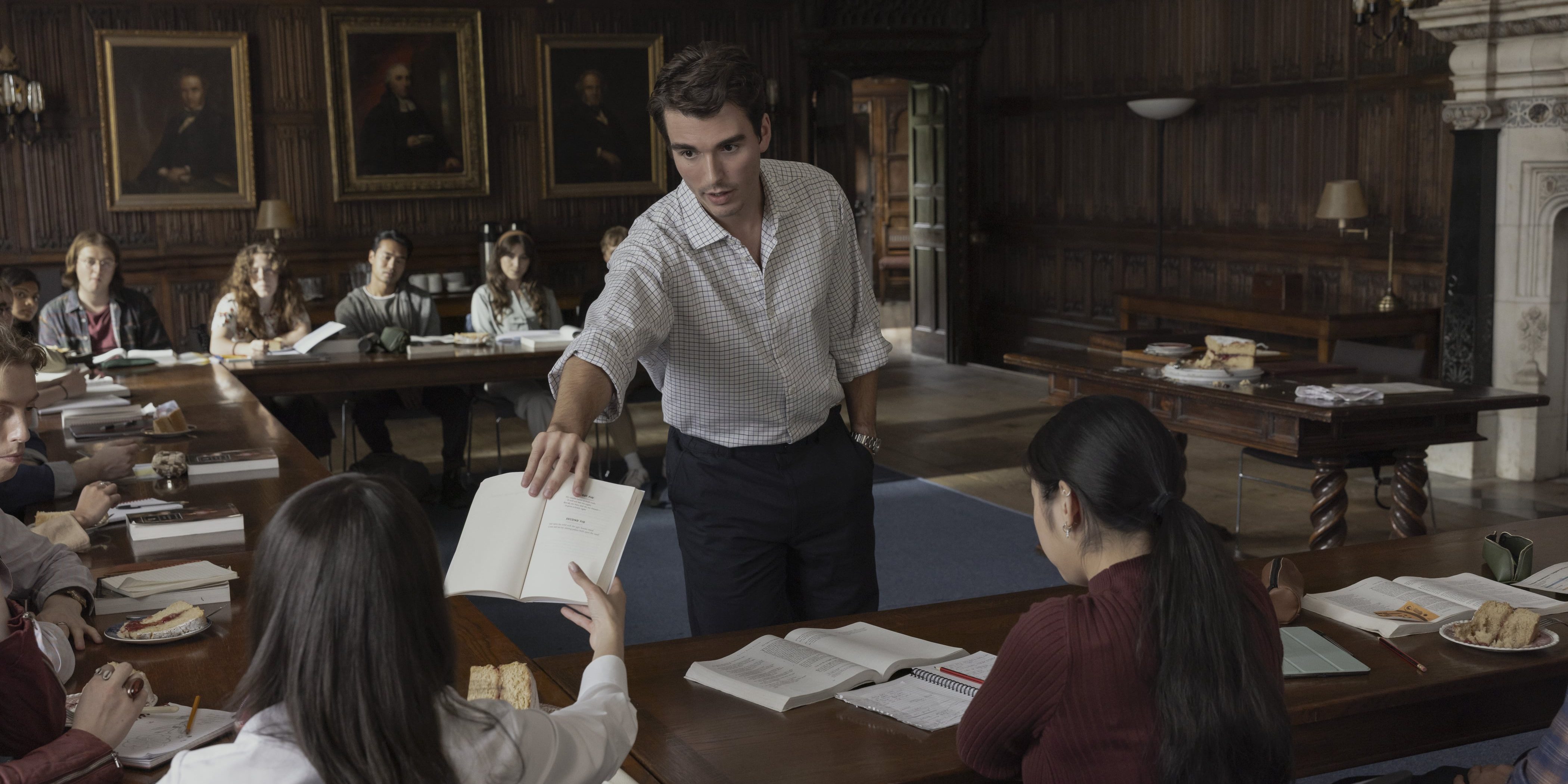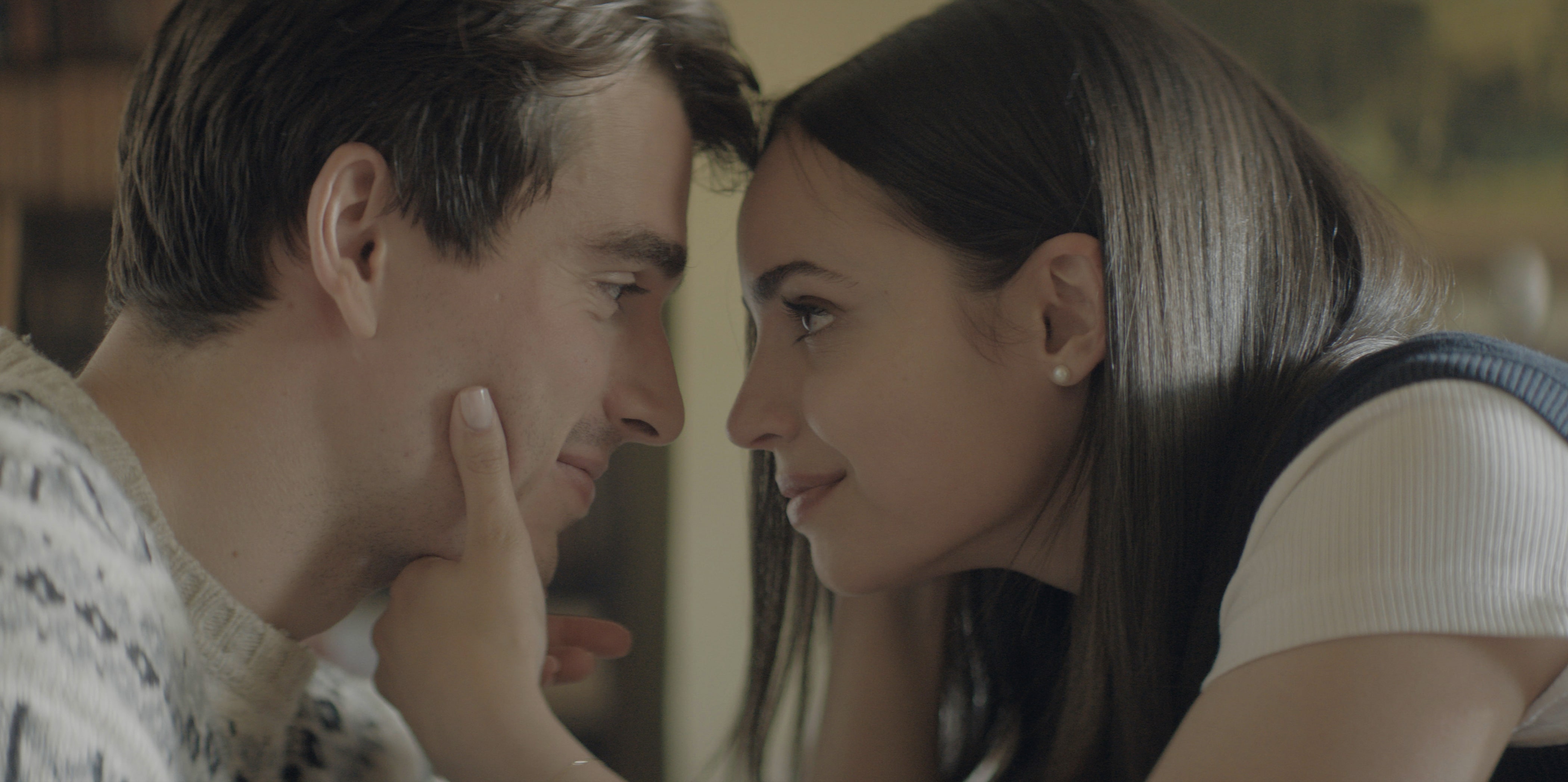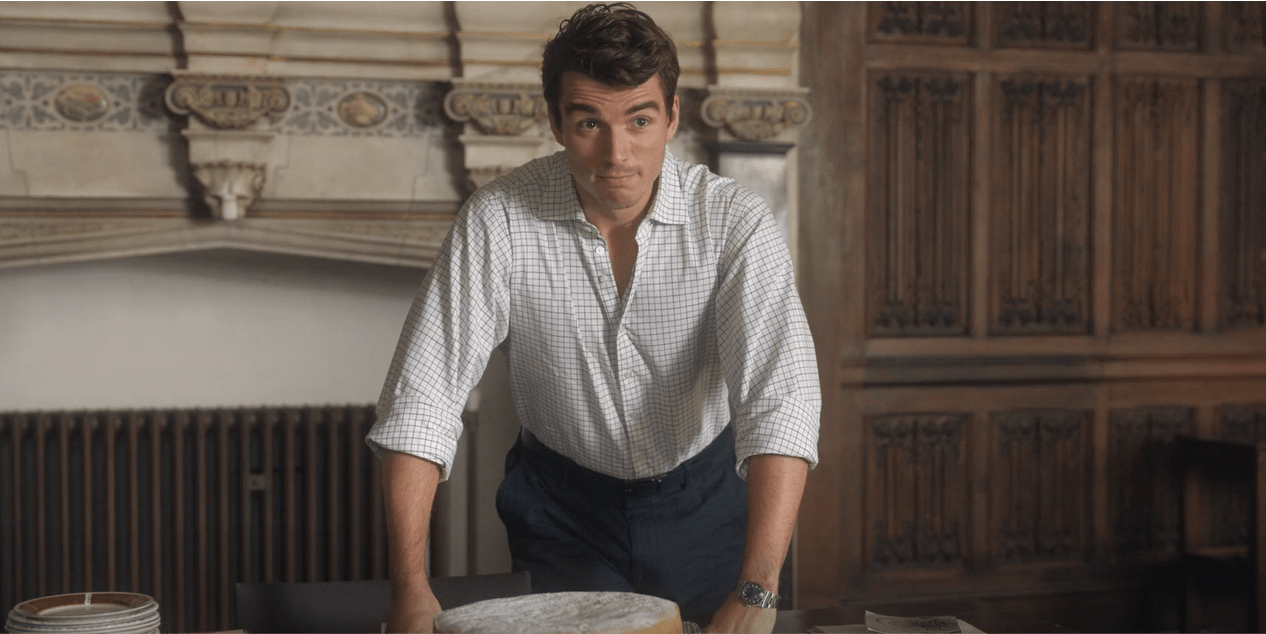Netflix’s ‘My Oxford Year’ begins as a romantic comedy centering on Anna De La Vega, an American student at Oxford University, and her unique relationship with her DPhil student-turned-substitute-professor, Jamie Davenport. However, it soon becomes apparent that Jamie is hiding things from her, and a closer look reveals a traumatic past coinciding with a present dilemma. This development brings its share of ordeals to the relationship, ultimately transforming their understanding of the world. The transformative journey is incomplete without a deeper dive into the life and death of Jamie’s brother, Eddie Davenport, which serves as a major anchor to the narrative, tying multiple threads together in this exploration into the complicated subject of illness and its medical treatment. SPOILERS AHEAD.
Jamie and Eddie Are Affected by the Same Genetic Disease
James and Edward Davenport, more commonly referred to as Jamie and Eddie, suffer from the same illness: a rare form of cancer that targets their immune system, and is effectively incurable. While the exact nature of the disease is never made explicit in the film, its source material, the eponymous novel by Julia Whelan, sheds more light on the subject. According to the book, both brothers suffer from a rare form of blood cancer called Multiple Myeloma. Jamie mentions how the disease is genetic, which adds another layer of despair to his situation. In the movie, we are introduced to his illness when it’s already close to running its course. Although he does get a complete round of treatment, he explains that the results can still swing either way.

Jamie’s uncertain fate brings his conversation back to the subject of his brother, Eddie. Earlier in the story, the latter is introduced with a childhood anecdote of the siblings joyously playing with their father. He further mentions that his last activity with his brother was remodeling his real car, which serves as a reminder of their deep bond. However, Eddie eventually succumbed to his illness after a difficult fight, which included a myriad of treatments, many of which were experimental in nature. Eddie initially consents to these therapeutic measures, but his path diverges from Jamie, who soon puts a stop to his own treatment, preferring a natural death when his time comes. This shows a stark contrast between past and present, and the distinction is key to Jamie’s decisions.
Jamie and Eddie’s Response to Their Illness Creates a Spectrum of Possibilities
Towards the end of ‘My Oxford Year,’ Jamie contracts Pneumonia, which, coupled with his already weakened body, packs a deadly punch. He goes into unconsciousness and is urgently rushed to the hospital, where the doctors explain how difficult his survival is. However, when the subject of his future methods of treatment comes up, his father displays a change of heart. In accordance with Jamie’s wish, he refuses further treatment, understanding his son’s perspective on the issue. While Jamie ultimately recovers consciousness, his survival seems to only be on borrowed time, as the story points to his eventual death. Even so, Anna chooses to stay by his side until the end, savoring every moment they can have together. In the brutal aftermath, she honors her loved one by going on the world trip they envisioned, living up to his message of finding joy in transience.

Jamie’s death and how it is remembered are contrasted with the passing of his brother, Eddie. While the treatments managed to extend his life, they failed to improve its quality. As such, Eddie’s final days were spent in the confines of the hospital, severely limiting his interactions with the outside world and its positive aspects. Additionally, he suffered through immense pain, ultimately wishing to cease it by any means necessary. This turn of events scarred Jamie and largely informs his present decision to die a natural death. He explains his desire to spend his final moments in the company of his loved ones in Oxford, as opposed to Eddie, who died a tragic, painful death, which left a permanent impact on his family.


